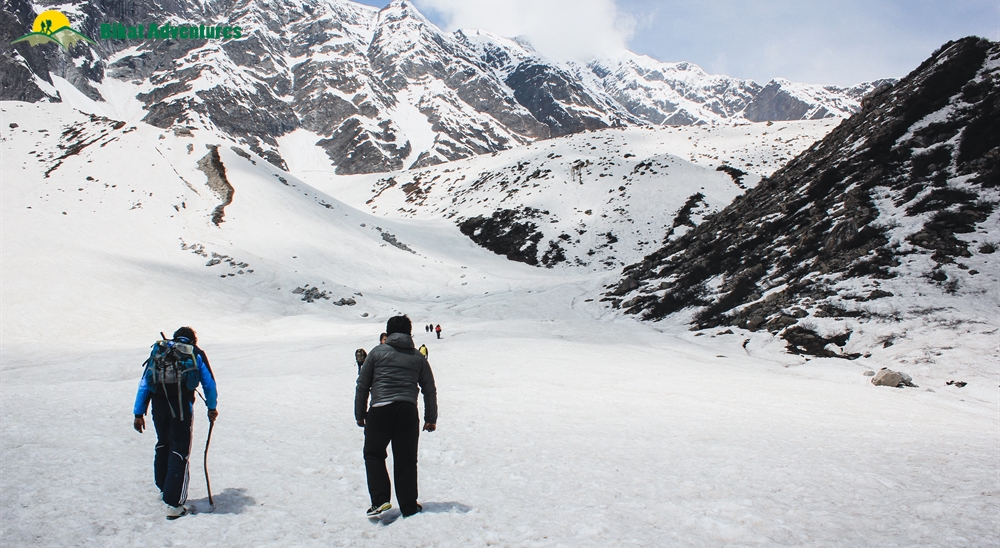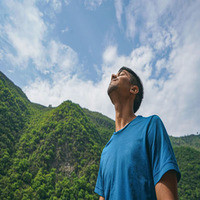Beas Kund Trek: An Ultimate Adventure in the Heart of Himachal Pradesh

Strong 8k brings an ultra-HD IPTV experience to your living room and your pocket.
The Beas Kund Trek is one of the most popular and scenic treks in the Manali region of Himachal Pradesh. This trek takes you to the source of the Beas River, offering trekkers an unforgettable journey through pristine meadows, lush forests, and snow-capped peaks. Nestled at an altitude of 3,700 meters (12,139 feet), Beas Kund holds great historical and religious significance as it is believed to be the place where the sage Vyasa meditated. Whether you’re an experienced trekker or a beginner, this trek offers an ideal blend of natural beauty and adventure.
In this article, we’ll explore the Beas Kund trek, its best time to visit, weather conditions, and what you can expect in terms of temperature during different seasons.
Beas Kund: A Brief Overview
The Beas Kund trek starts from Manali, a charming hill station in Himachal Pradesh. The trek is relatively short, covering a distance of about 16 kilometers (round trip), and typically takes 4 to 5 days to complete. This makes it an ideal choice for those who are looking for a short but thrilling adventure in the mountains.
The trek begins from Solang Valley, which is easily accessible from Manali, and ascends through scenic meadows, dense forests, and rocky paths. The highlight of the trek is reaching the Beas Kund, a crystal-clear alpine lake, considered to be the source of the Beas River. Along the way, trekkers are treated to panoramic views of majestic peaks, including Hanuman Tibba, Indrasan, and Raka Peaks.
Best Time to Visit Beas Kund Trek
The Beas Kund trek can be undertaken at different times of the year, but the experience varies greatly depending on the season. The best time to visit the Beas Kund trek is during the summer (May to June) and autumn (September to October) months. Here's a breakdown of the trek’s suitability according to different seasons:
Summer (May to June)
Temperature: The temperature during the summer months in Beas Kund typically ranges from 10°C to 15°C during the day and drops to around 0°C to 5°C at night.
Weather: The weather is generally clear and pleasant, with little to no snowfall. The lush meadows and the clear blue sky make for perfect trekking conditions.
Best Time: This period is ideal for trekking since the paths are free from snow, and the terrain is relatively dry, making the hike much easier. It’s also an excellent time for photography, as the surrounding flora is in full bloom.
Autumn (September to October)
Temperature: The temperature in autumn is similar to that of summer, with daytime temperatures ranging from 10°C to 15°C and night temperatures dropping to around 5°C to 0°C.
Weather: The autumn months bring pleasant weather conditions with clear skies and a cool breeze. The post-monsoon period ensures that the landscapes are lush and vibrant, offering trekkers breathtaking views.
Best Time: Autumn is also considered an excellent time to trek to Beas Kund because the weather is ideal for outdoor activities. The trails are dry and easy to navigate, and the autumn colors add a touch of magic to the surroundings.
Winter (November to February)
Temperature: Winter temperatures in Beas Kund can be harsh. During the day, temperatures range between -5°C to 5°C, while at night, the temperature can plummet to -10°C or lower.
Weather: Winter brings heavy snowfall, and the Beas Kund trek is usually covered in deep snow. This season is best suited for experienced trekkers who are comfortable with winter trekking conditions.
Best Time: Winter treks to Beas Kund are only recommended for experienced trekkers, as the snow can make the path slippery and difficult. However, for those who love the winter chill and are prepared for the cold, the sight of a snow-covered Beas Kund is absolutely mesmerizing.
Monsoon (July to August)
Temperature: The temperature during the monsoon period ranges from 12°C to 18°C in the day and 7°C to 10°C at night.
Weather: The monsoon season brings heavy rainfall, which can make trekking conditions hazardous. The trails become slippery, and the risk of landslides is higher in this season.
Best Time: The monsoon is generally not recommended for trekking to Beas Kund due to the wet conditions, slippery trails, and potential for landslides. However, the lush green landscapes during the monsoon can be beautiful for those who decide to brave the rain.
Beas Kund Trek Weather
The weather in Beas Kund varies greatly depending on the time of year. Here’s a more detailed look at what you can expect from the Beas Kund weather during different seasons:
In the Summer (May to June): The weather is warm, with plenty of sunshine during the day and cool evenings. This is one of the best times to visit, as the views are clear, and the paths are easily navigable.
In Autumn (September to October): This season brings crisp and refreshing weather. The days are mildly warm, while the nights are cool, making it a comfortable period for trekking.
In Winter (November to February): The weather turns cold, and snow is a common sight at Beas Kund. The days are freezing, and the nights can be extremely cold, often dropping to negative temperatures.
In Monsoon (July to August): Expect frequent rainfall and occasional fog during the monsoon. The paths can be slippery, and trekking conditions become dangerous due to the constant wetness.
Beas Kund Temperature
The temperature on the Beas Kund trek depends on the altitude and season:
During Summer (May to June): The average temperature in the daytime ranges from 10°C to 15°C, with night temperatures dipping to 0°C to 5°C.
During Autumn (September to October): The daytime temperature ranges between 10°C to 15°C, and the night temperature can drop to 5°C or lower.
During Winter (November to February): Daytime temperatures can range from -5°C to 5°C, while nighttime temperatures can fall as low as -10°C or lower.
During Monsoon (July to August): The temperature typically ranges from 12°C to 18°C during the day and drops to 7°C to 10°C at night.
How to Prepare for the Beas Kund Trek
To ensure you have a safe and enjoyable trek, it’s important to prepare for the varying weather conditions on the Beas Kund trek. Here are a few tips:
Clothing: Wear layers of clothing to adjust to the changing temperatures. In summer and autumn, light woolens are sufficient, but in winter, you will need heavy clothing, thermal wear, and a high-quality down jacket.
Footwear: Ensure that you have sturdy trekking boots with good grip, as the trail can be rocky and uneven.
Rain Gear: During the monsoon, it’s essential to carry a waterproof jacket and a poncho to stay dry. Trekking poles can also be helpful on slippery terrain.
Sun Protection: Even in cooler months, the sun can be harsh at high altitudes. Pack sunscreen, sunglasses, and a hat to protect yourself from UV rays.
Conclusion
The Beas Kund Trek is an awe-inspiring adventure, offering stunning views, a variety of landscapes, and a rich cultural experience. Whether you visit during the summer, autumn, winter, or even the monsoon (though not recommended for beginners), the trek will present unique challenges and rewards. Understanding the Beas Kund weather and preparing accordingly will ensure that you have the best possible experience, regardless of the season.
For those who love trekking, nature, and the beauty of the Himalayas, the Beas Kund trek is an experience you won’t want to miss!
Note: IndiBlogHub features both user-submitted and editorial content. We do not verify third-party contributions. Read our Disclaimer and Privacy Policyfor details.


